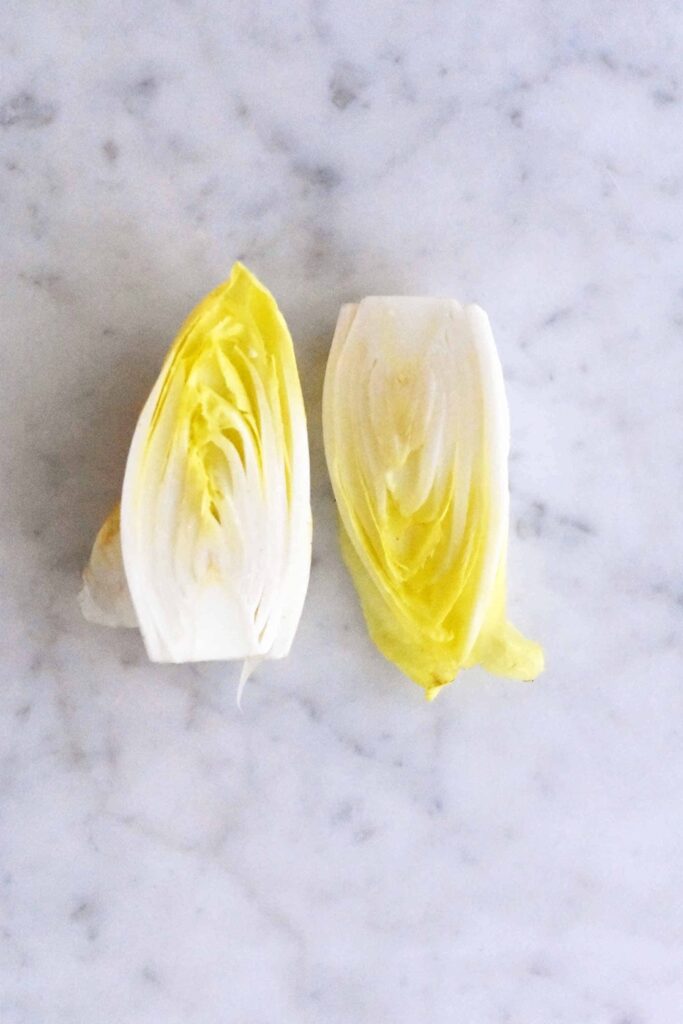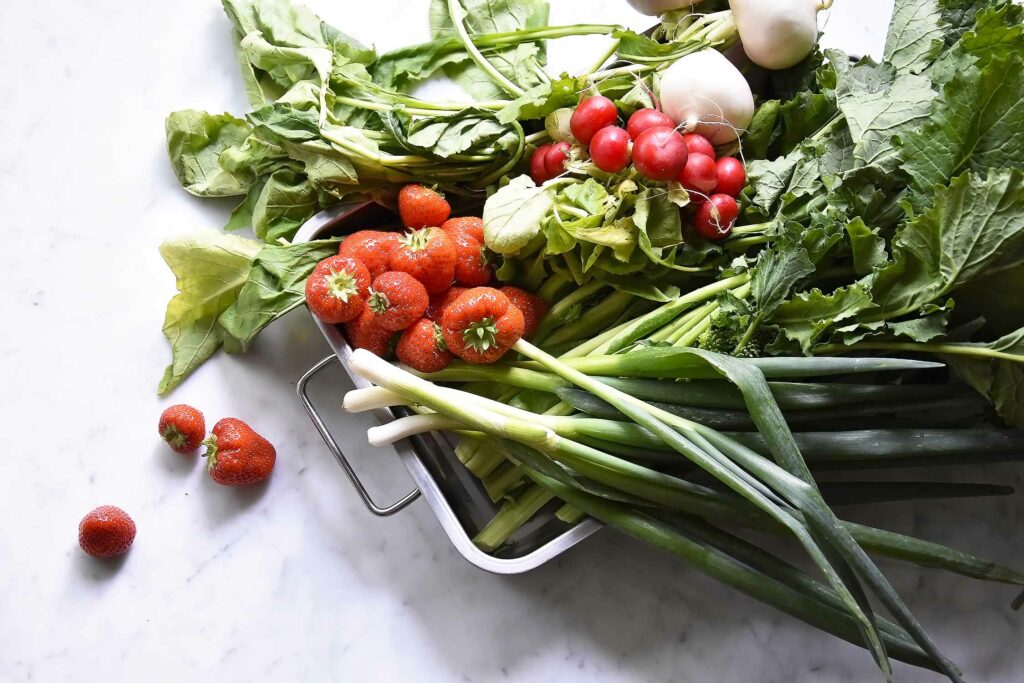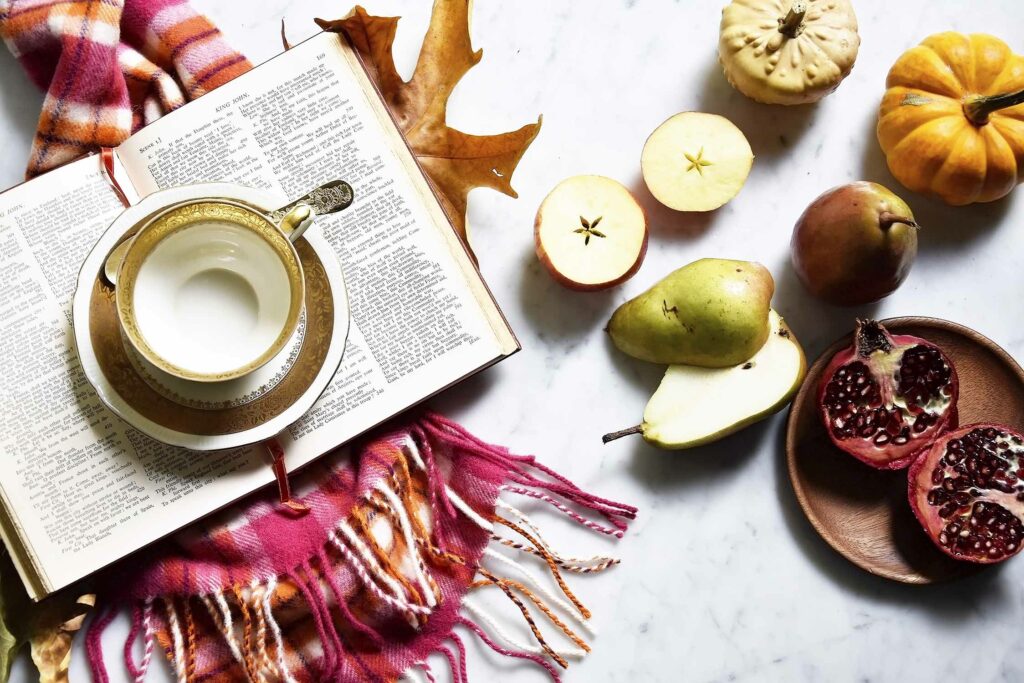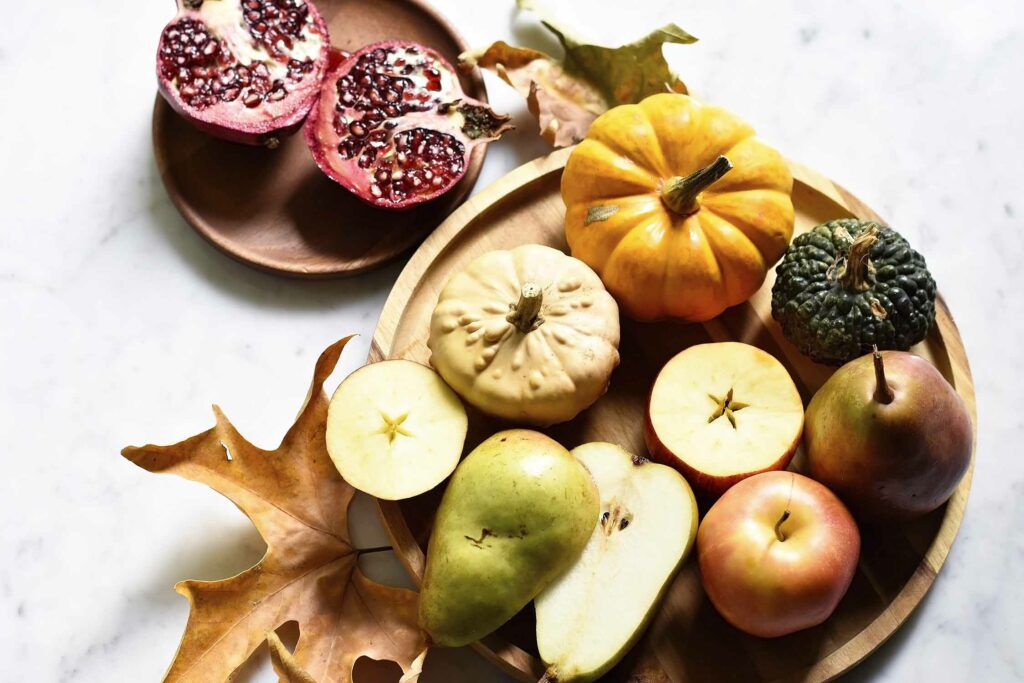Here comes Winter! Find below the list of ingredients to look forward too and recipes to cook all season long.
I was taught at young age by my dad, 2 Michelin star chef but mostly nature lover, how important eating seasonal and local produce is and I have to say I lost my way there for a bit. Now I am fully committed to seasonal and as local as possible ( not always easy living in a capital).
WHAT IS SEASONAL PRODUCE?
Seasonal refers to the moment the fruit and vegetable is harvested when ripe and at it’s peak for consuming.
Whether you buy organic or traditional farmed produce, seasonal is key. However you may want be mindful of what is called the “Clean 15” and the “Dirty dozen”, these lists are made by the US Department of Agriculture.
“CLEAN 15” – refers to 15 fruit and vegetables that have the least amount of pesticide residue: avocados, corn, pineapple, onion, papaya, frozen sweet peas, eggplant, asparagus, cauliflower, cantaloupe melon, broccoli, mushrooms, cabbage, honeydew melon and kiwi.
“DIRTY DOZEN” – refers to 12 fruit and vegetables with the most pesticide residue: strawberry, spinach, kale. nectarine,s apples, grapes, peaches, cherries, pears, tomatoes, celery, potatoes, peppers.
Organic produce can be slightly more expensive but will have no synthetic pesticide residue as they use non-synthetic i.e. natural pesticides low in toxicity versus traditional farming.
The reason to buy organic goes beyond pesticide residue as this method of farming supports more biodiversity and a sustainable ecosystem. Permaculture farming uses natural patterns to grow produce where the ecosystem, caring for the earth, and zero waste are key ethics.
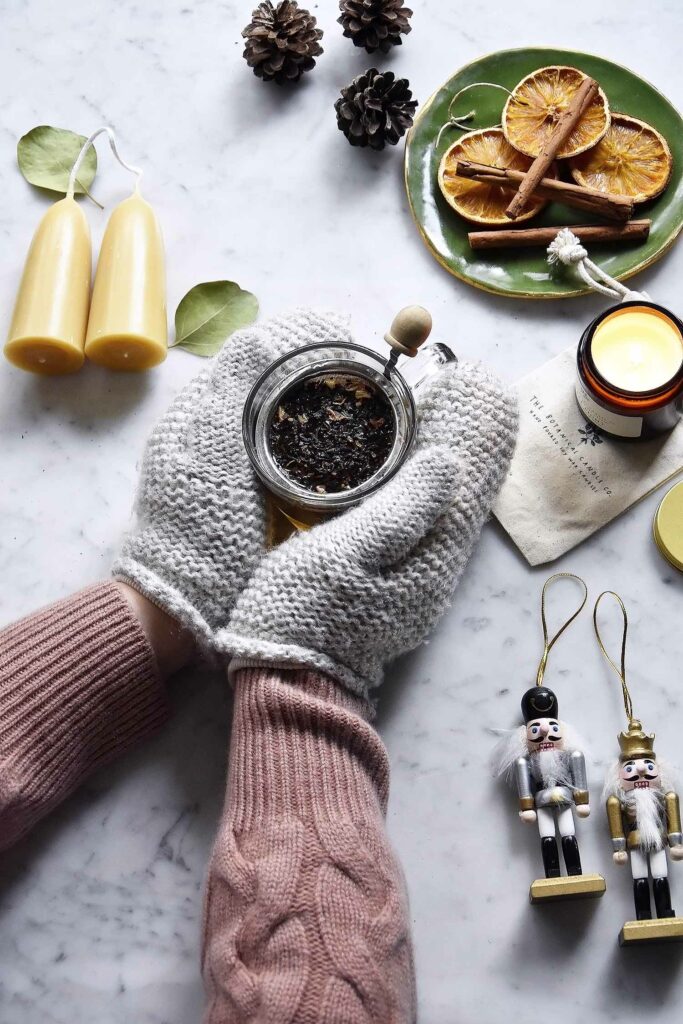
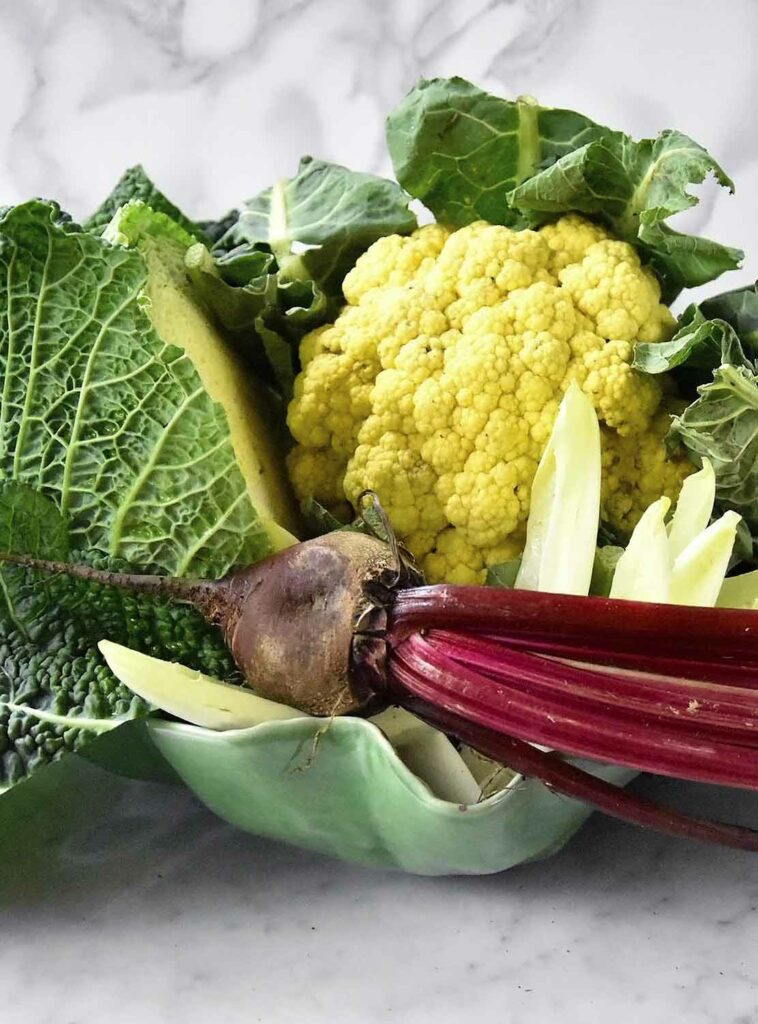
7 BENEFITS EATING SEASONAL
1. Seasonal fruit and vegetables tastes better and ve more flavour because they have been picked when ripe versus ripen in a crate while traveling.
2. It is better for you as they contain more nutrients. When picked early, require cooling for transport and then heating for ripening, you loose heaps of nutritious value.
3. It is cheaper, as cooling, heating and transport costs are huge and you pay for it.
4. By eating seasonal and local you support your local farmers. You practise farm-to-table, click here for my article to learn more about it.
5. You can enjoy variety all year long. Not only looking forward to produce coming in season and enjoying it but also variety in your diet helps you fight disease and viruses.
6. It sparks creativity and pushes you to try new recipes, and not get bored with cooking each week the same dinners.
7. It helps the environment! It reduces the carbon foot print significantly when you eat seasonal (and local). Not only saving on cooling, transporting and heating but also on chemicals and water to add to the ground to be able to produce fruit and veg out of season.
Bear in mind that during the season ingredients evolve in flavour. Following a recipe also means tasting every stage while cooking so you can adjust seasoning and cooking times to find the best balance for the seasonal produce at that time.
Several fruits and vegetables start at the end of one season and beginning of another, some cover 2 seasons. When in doubt what is in season when, just remember to look towards nature and ask “would this be ripe now ?”.
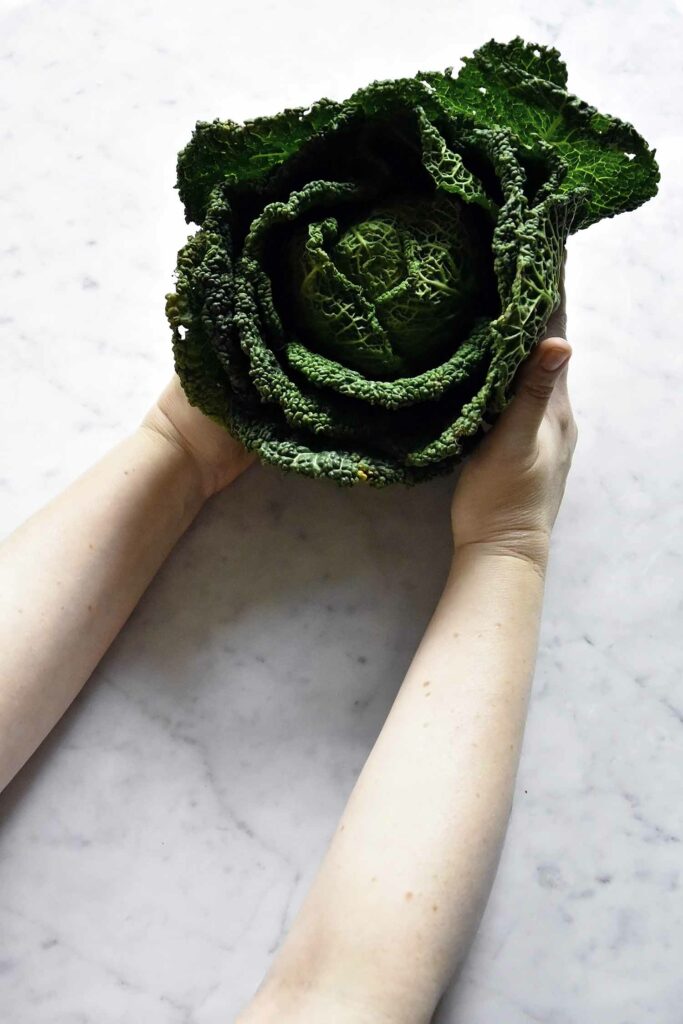
CABBAGE
Plenty of cabbage to choose from: white, green or red.
I love just shredding them and sautéing in olive oil with some chestnuts or walnuts.
Check out my stuffed cabbage rolls with chestnuts and mushrooms topped with a tomato smoked paprika sauce. Click here for the recipe.
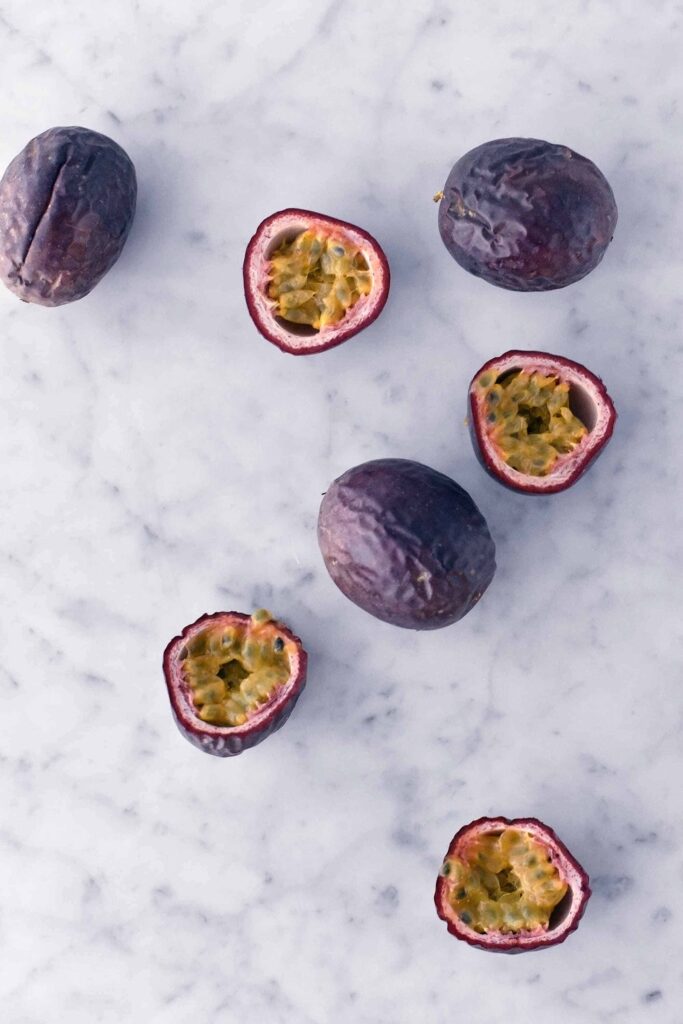
EXOTIC FRUITS
Mango, Pineapple, passion fruit, kiwi and persimmons too name but a few are in season. Basically where it is summer now.
Check out my passion fruit rice pudding here. For a great winter salad with mango and cabbage, click here. Looking for a pineapple chutney recipe for gifting and enjoying all winter, click here.
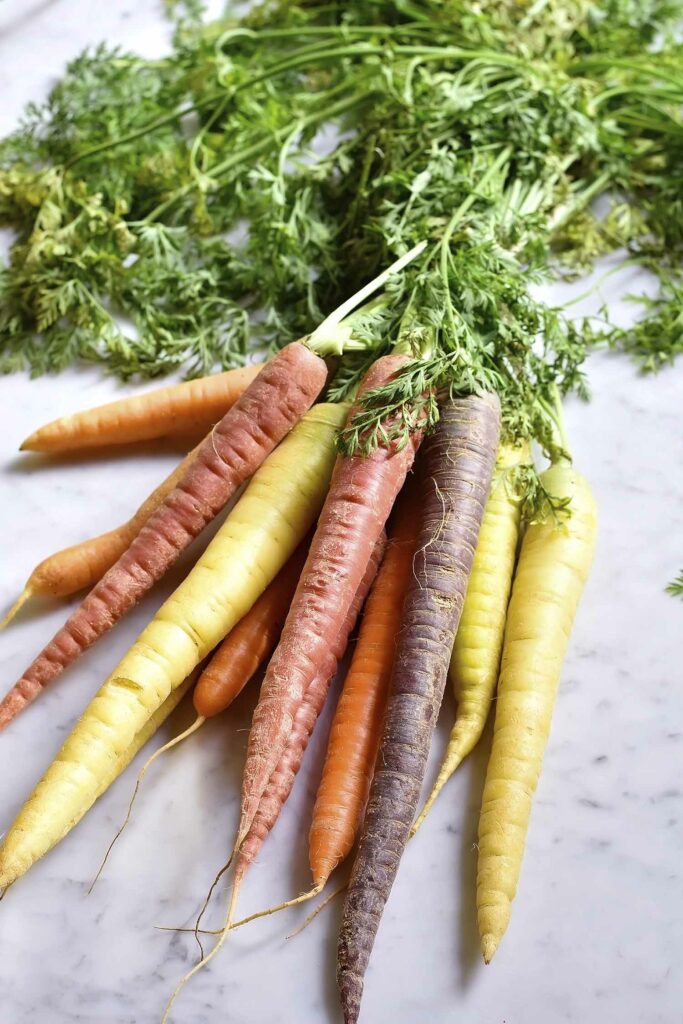
CARROTS
Most common is the orange carrot but often you can find the heirloom varieties in yellow, white and purple.
Great in soups, oven-roasted and in mash.
Check out my carrot and spice muffins with cream cheese frosting are to die for, click here.
And for a fabulous side dish with feta and pesto, click here.
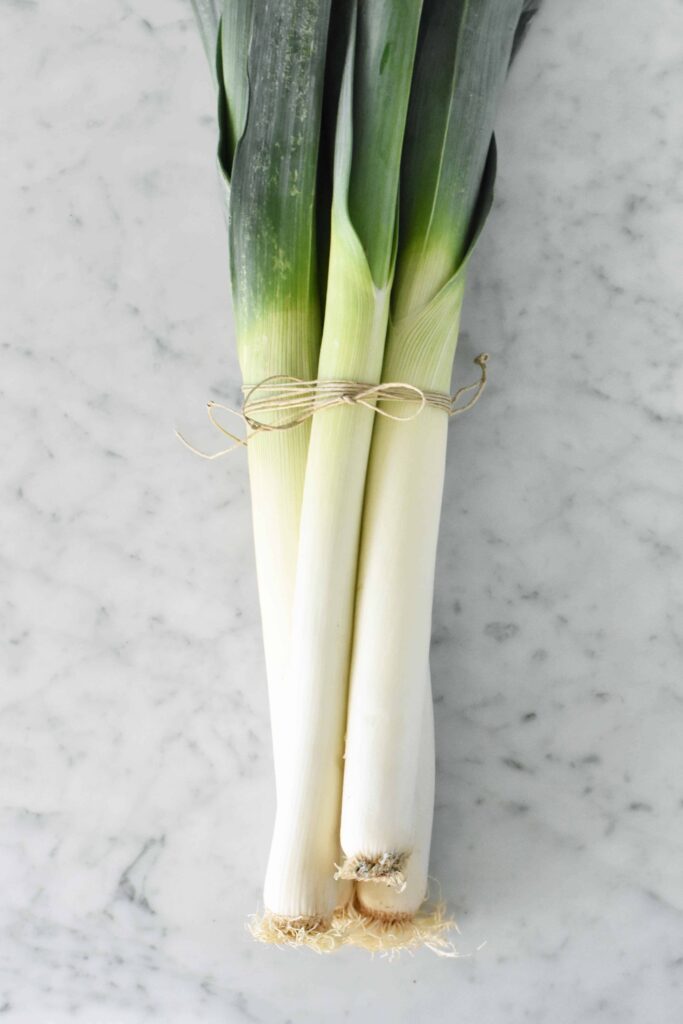
LEEKS
In Belgium we have 2 crops a winter leek and a spring leek which provides leeks almost all year.
Great in soups and in mash.
Check out the Belgian Classic meatloaf with leeks and mustard vinaigrette, click here. And this white pizza with leeks and potatoes is great in Autumn and winter, here is the recipe.

POTATOES
Many varieties are grown in Belgium and Europe. How to know which to use when cooking is first to know how you want to prepare them as some potatoes ve more firm making them perfect for fries and others are softer perfect for mash.
New potatoes are firmer and the more they “rest” the more starch is produced and the softer they get.
I love small potatoes called grenaille as cook boil with their skin on ( after a good bath) they are dish.
For my hassle-back root vegetables recipe click here.
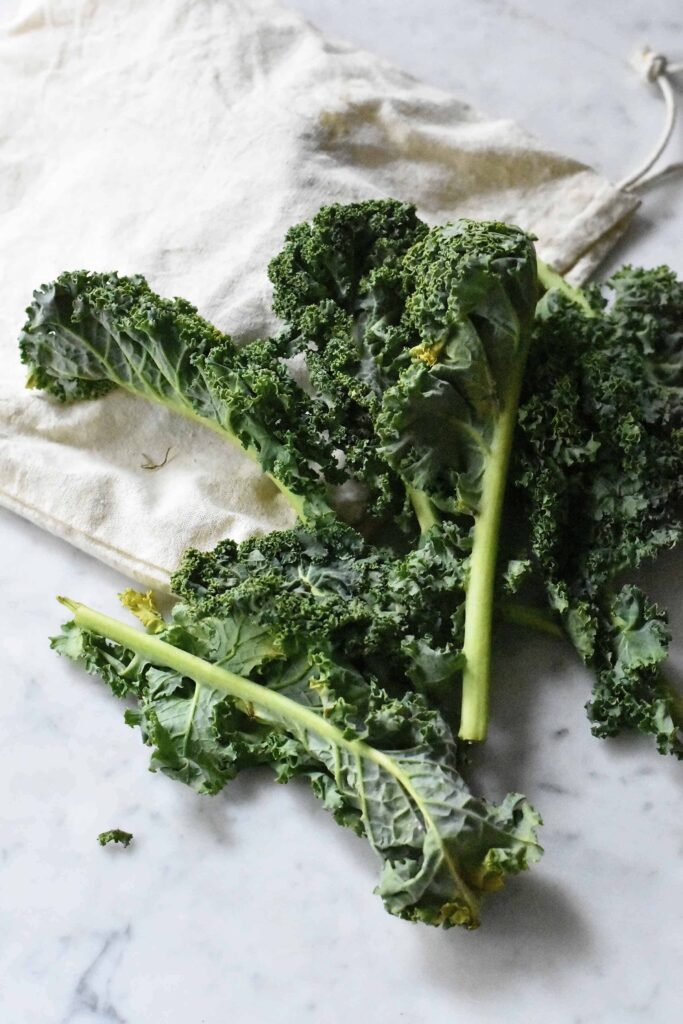
KALE
Such a trendy veg again, I don’t ever recall eating it when growing up and now it is again available everywhere and comes in season in early Autumn and lasts all winter.
It is great in soups, salads and mash.
For my kale and pomegranate salad, click here. and for my winter citrus, crispy kale and creamy burrata salad, click here.
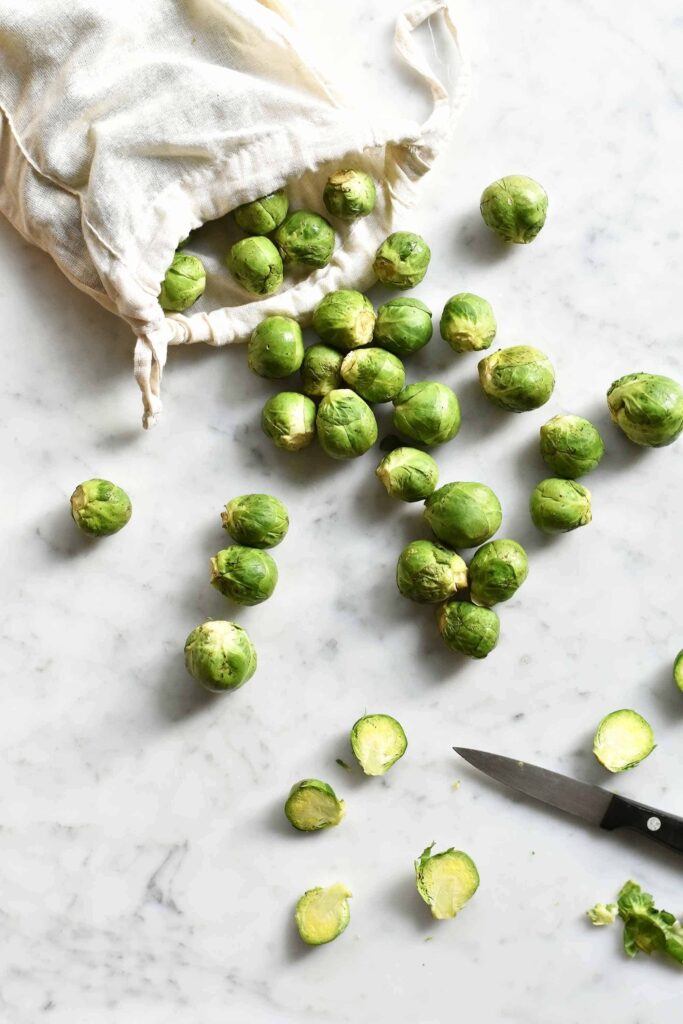
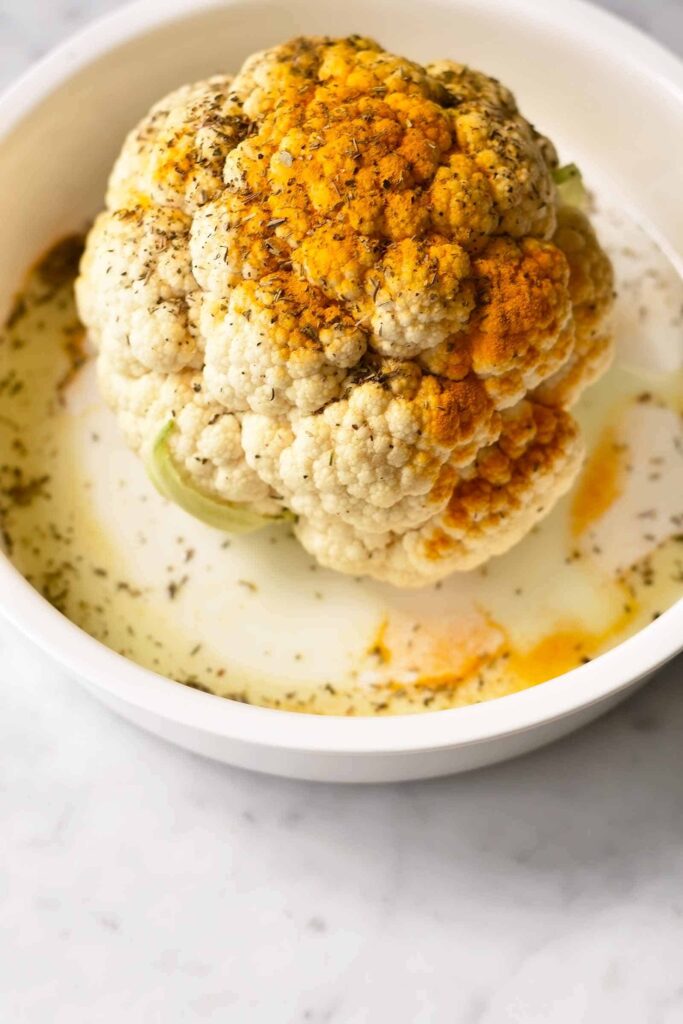
CAULIFLOWER
One of my favourite vegetables coming in season in autumn and extremely versatile.
Great in soups, makes great lighter béchamel sauce, roasted whole in the oven in super delish.
Check out my roasted romanesco topped with a fried egg, click here.
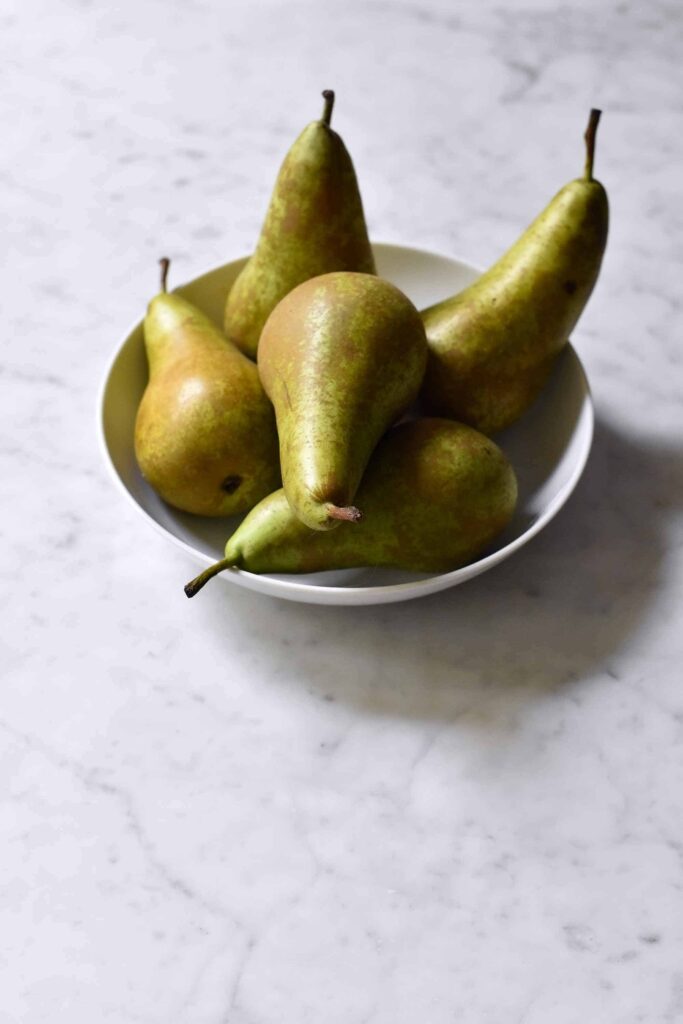
PEAR
We grown quite a lot of pears in Belgium and mostly export them but to me nothing beats a poached pear as dessert in Autumn and winter.
Great peached with game or as dessert paired with chocolate and spices.
For my spice and packed pears with cranberries click here. In the mood for a chocolate overload, check out my earl grey and cardamom poached pear with double chocolate cake, here.

CELERIAC
This amazing root bulb is just soo refreshing and versatile from adding it to potato mash to making a gratin … and pappardelle with venison , check my recipe here
The green foliage is basically like celery so can be used in soups, stocks and flavouring as a dehydrated powder, click here.
For the complete Seasonal Chart, click here.
Written and photographed by Sandra Slawinski without commercial deals.

